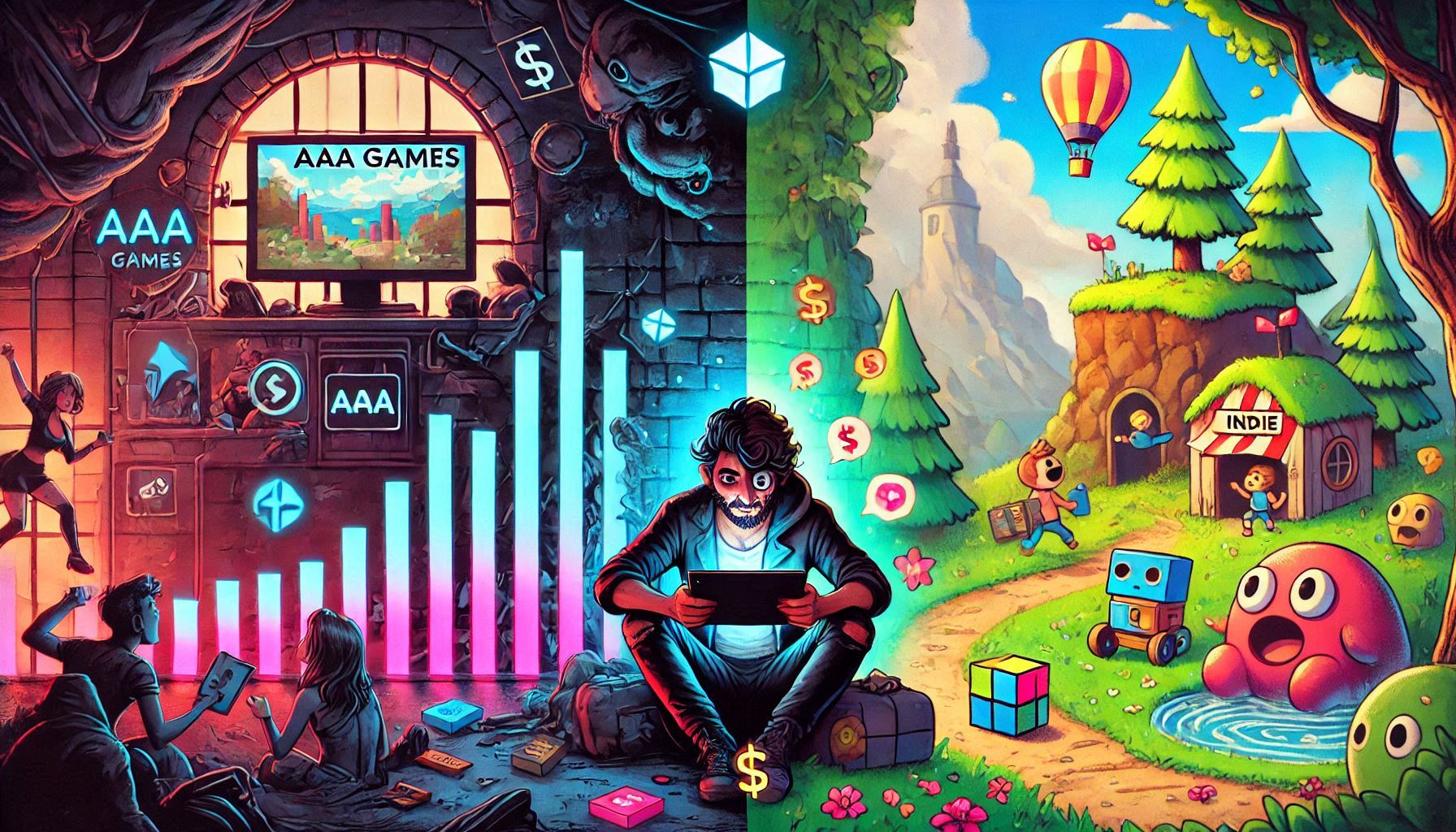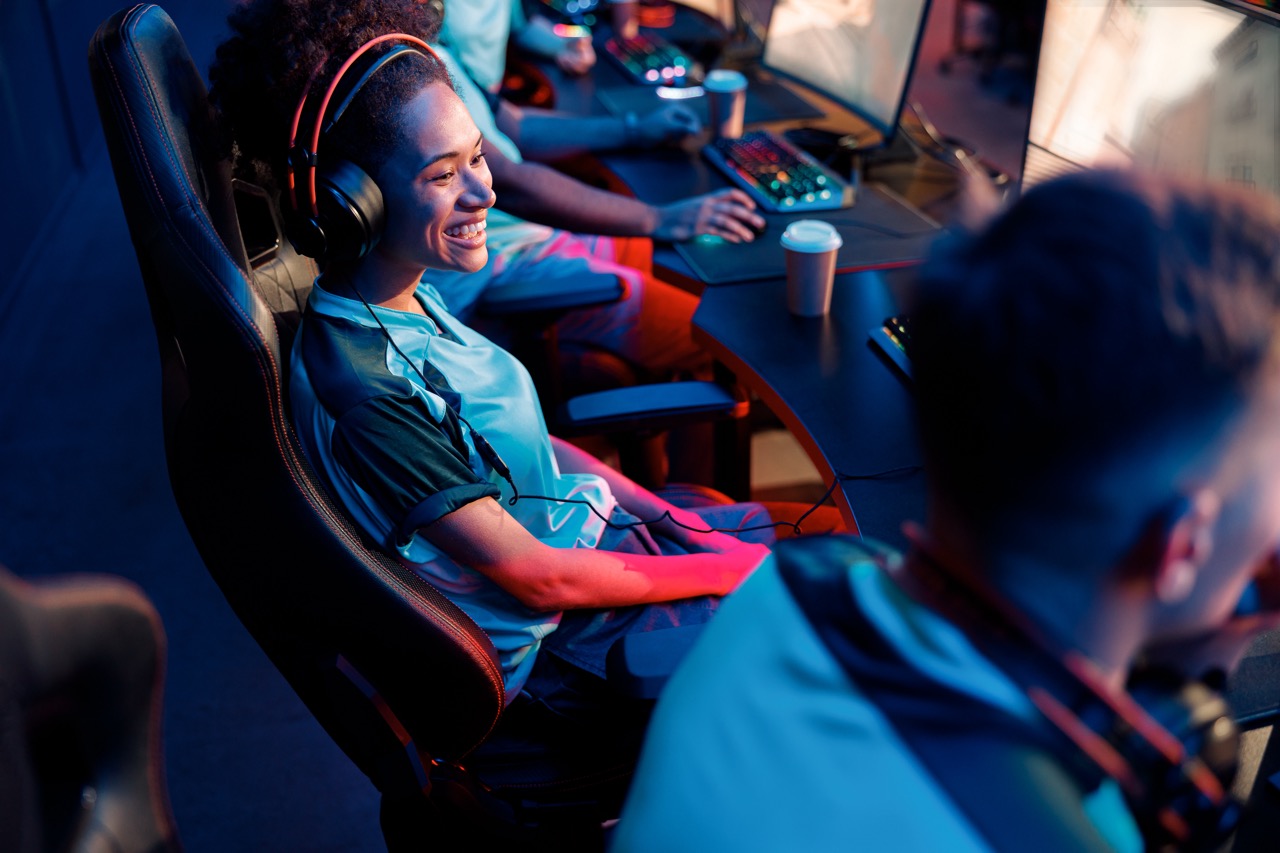For years, the gaming industry has been dominated by massive budgets, eye-popping graphics, and intricate microtransaction systems that have become staples of the AAA gaming experience. From blockbuster franchises to sprawling open-world epics, developers have often focused on crafting immersive, high-production-value experiences, sometimes to the detriment of accessibility and pure enjoyment. However, a significant shift is underway, signaling a return to gaming’s roots. Gamers, tired of flashy but hollow titles, are increasingly seeking experiences that prioritize fun over financial engineering and technical spectacle.
The Problem with Microtransactions
Microtransactions, while lucrative for publishers, have become a sore point for many players. Games that push pay-to-win mechanics, loot boxes, and exclusive cosmetic purchases create a sense of inequality and diminish the intrinsic joy of gameplay. What once started as optional purchases to support free-to-play titles have now crept into full-price games, leaving players feeling exploited. It’s not just about spending extra money; it’s about the feeling that gaming has become less about skill, strategy, or storytelling and more about who’s willing to shell out the most cash.
The Overload of Complexity in AAA Games
At the same time, AAA games have grown so complex and polished that they sometimes feel daunting rather than enjoyable. Expansive open worlds, extensive skill trees, and endless side quests can overwhelm players who just want to pick up a controller and relax. These sprawling adventures demand hours upon hours of dedication, a luxury that many gamers simply don’t have. The result? Burnout, frustration, and an overall sense that gaming has become more of a chore than a hobby.
The Indie Game Renaissance
Enter a new wave of game developers who are redefining what it means to create a great game. Indie studios, in particular, have stepped up to the plate, offering titles that emphasize creativity, accessibility, and, most importantly, fun. Games like “Stardew Valley,” “Among Us,” and “Hades” have captured the hearts of millions, not because they boast the most advanced graphics or the deepest mechanics, but because they are enjoyable, approachable, and rewarding in their simplicity or design. These games prioritize connection—whether that’s a connection to other players, a heartfelt narrative, or simply a good time.
A Nostalgic Return to Classics
This shift in preferences isn’t just limited to indie titles, either. Even large publishers are beginning to take note. Recent successes of remastered classics, such as “Tony Hawk’s Pro Skater 1 + 2,” and the resurgence of party games like “Mario Kart” or “Fall Guys” highlight how fun-first design can appeal to both new and veteran gamers. These games remind players why they fell in love with the medium in the first place: the joy of play.
The Pushback Against Predatory Practices
The pushback against microtransactions and overly complex AAA experiences is more than a trend; it’s a movement. Gamers are reclaiming their agency, demanding titles that respect their time and wallets. They are voting with their dollars and their playtime, supporting developers who prioritize authentic, entertaining experiences. In doing so, they are reshaping the industry into one that values joy over profit margins and innovation over formulaic blockbuster design.
Why Fun Matters More Than Ever
The heart of gaming has always been about joy, escapism, and connection. As modern life becomes increasingly fast-paced and stressful, players are looking for ways to unwind and connect with others. Games that prioritize fun help foster these moments of relaxation and community, serving as a welcome escape from the grind of daily life.
How Developers Can Adapt
For developers, the message is clear: prioritize the player experience. Simplified mechanics, fair monetization strategies, and a focus on creative storytelling can capture a loyal and growing audience. Listening to players and designing games that are accessible, engaging, and rewarding will ensure long-term success in a rapidly changing industry.
The Future of Gaming
As the industry continues to evolve, one thing is clear: gaming is for everyone, and its essence lies in fun. Whether through indie gems, revitalized classics, or fresh takes from forward-thinking studios, the heart of gaming is beating stronger than ever. For those weary of predatory monetization and overwhelming AAA expectations, the future offers a hopeful horizon where playing truly feels like playing again.










